Foreign emergency care in Vietnam still faces many difficulties and does not meet requirements.
According to the Department of Medical Examination and Treatment ( Ministry of Health ), the network of emergency care outside the hospital has also been initially established. Some provinces and cities with high population density have established independent emergency centers outside the hospital (also known as 115 Emergency Centers).
However, the outpatient emergency system in Vietnam is still facing many difficulties and challenges, despite efforts to improve it from management agencies and the health sector.
Specifically, Vietnam does not have a complete and comprehensive legal framework specifically for the outpatient emergency system; has not issued a national strategy or long-term plan for the development of the outpatient emergency system; health insurance does not cover this service, leading to difficulties in operating and expanding the service.
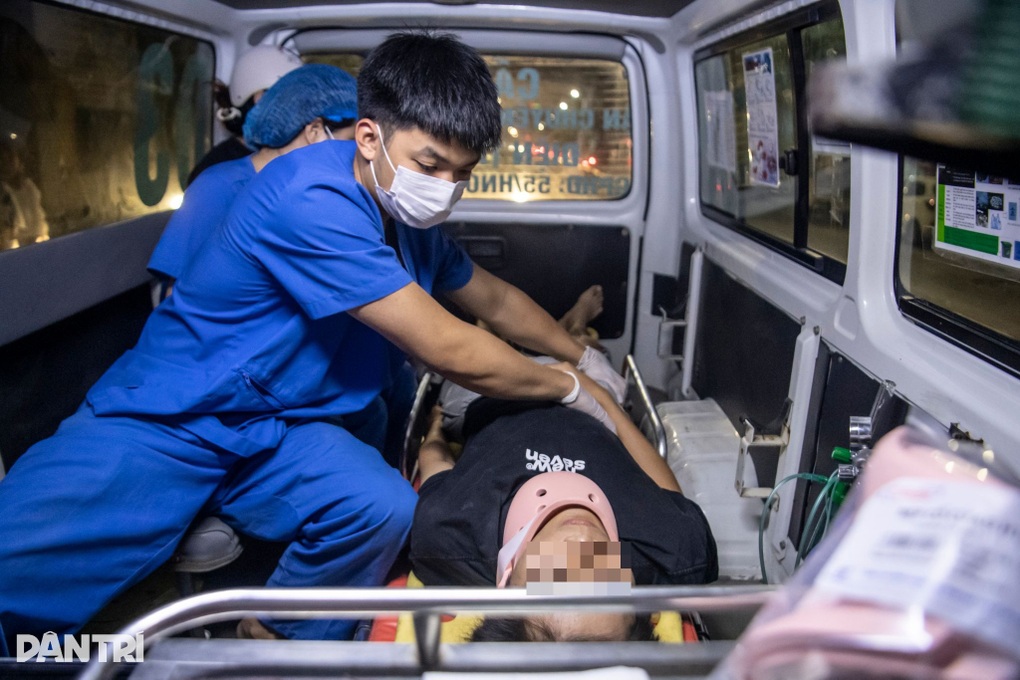
Emergency care activities abroad in our country still face many difficulties (Illustration: Manh Quan).
Besides, there is no overall coordination of the foreign emergency system nationwide; the coordination and implementation of activities is fragmented and fragmented by sector (health, police, fire prevention and fighting...) and by locality.
The 115 emergency hotline is not yet able to classify the patient's condition upon receiving the call, and the caller's information has not been recorded or processed.
Service coverage is still low, in many provinces, especially in remote areas, people have almost no access to standard emergency services outside the hospital. 115 centers only meet about 10-20% of emergency needs, about 80-90% of the remaining cases are due to people coming to the hospital themselves or having spontaneous volunteer emergency teams.
Human resources for emergency response operations at emergency units and in the community are still lacking and have not been trained regularly and continuously. About 80% of the staff have not received standardized training and there is no system of certification or training standards specifically for emergency response personnel at hospitals.
In addition, the quantity and quality of emergency equipment have not been invested to meet the needs of deployment. There is a lack of specific standards on the quantity and equipment for emergency teams.
Only about 60% of districts (before the administrative merger) had ambulances. About 70% of ambulances did not meet international standards. The communication system was outdated and asynchronous.
Vietnam's ambulance ratio per 100,000 people is 0.2, while Singapore is 0.8, Japan and Taiwan are 2-3, and South Korea is 2.
Regarding service quality, some studies show that the average response time for emergency care outside the hospital is much higher than the international standard of ≤ 8 minutes (urban), ≤ 15 minutes (rural). However, the survival rate after emergency care is not guaranteed compared to the international standard (65%).
Proposal to build a national emergency hotline with a single number
Therefore, the Ministry of Health has developed a Project to develop the out-of-hospital emergency system 2025-2030, with specific goals by 2030.
Specifically, 100% of provinces/cities will improve their external emergency care system, 100% of emergency vehicles will meet standards, and at least 2 million people will be trained in first aid...
Notably, the project proposes to build a national emergency hotline with a single number, integrating single emergency phone numbers (113, 114, 115). This hotline operates 24/7, connecting online with emergency medical forces, fire prevention and fighting, traffic police, rescue forces, etc.
At the same time, apply information technology, artificial intelligence, and big data to locate and classify calls according to their level of urgency; store and analyze data to assess and forecast emergency needs by region.
The project implementation roadmap includes two phases:
- Phase 1 (2025-2027): Pilot in 6 localities: Bac Ninh, Hai Phong, Ha Tinh, Da Nang, Khanh Hoa, An Giang .
- Phase 2 (2027-2030): Expand project implementation nationwide.
Source: https://dantri.com.vn/suc-khoe/de-xuat-tich-hop-cac-dau-so-113-114-115-thanh-mot-dau-so-duy-nhat-20250910204449299.htm



![[Photo] Super harvest moon shines brightly on Mid-Autumn Festival night around the world](https://vphoto.vietnam.vn/thumb/1200x675/vietnam/resource/IMAGE/2025/10/07/1759816565798_1759814567021-jpg.webp)











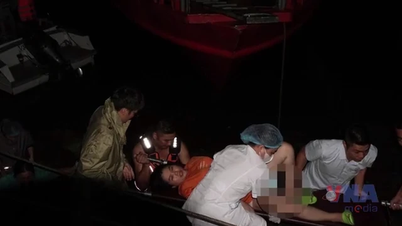







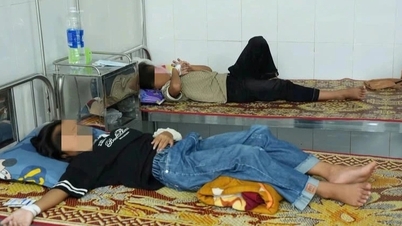





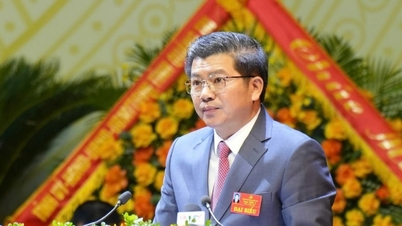


















































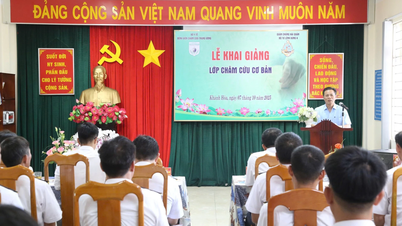



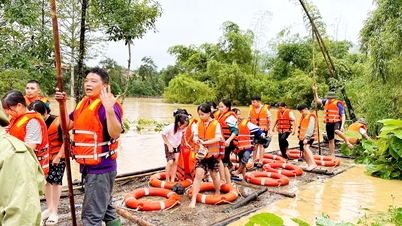

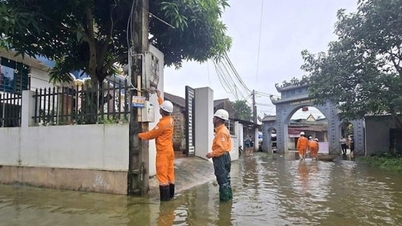












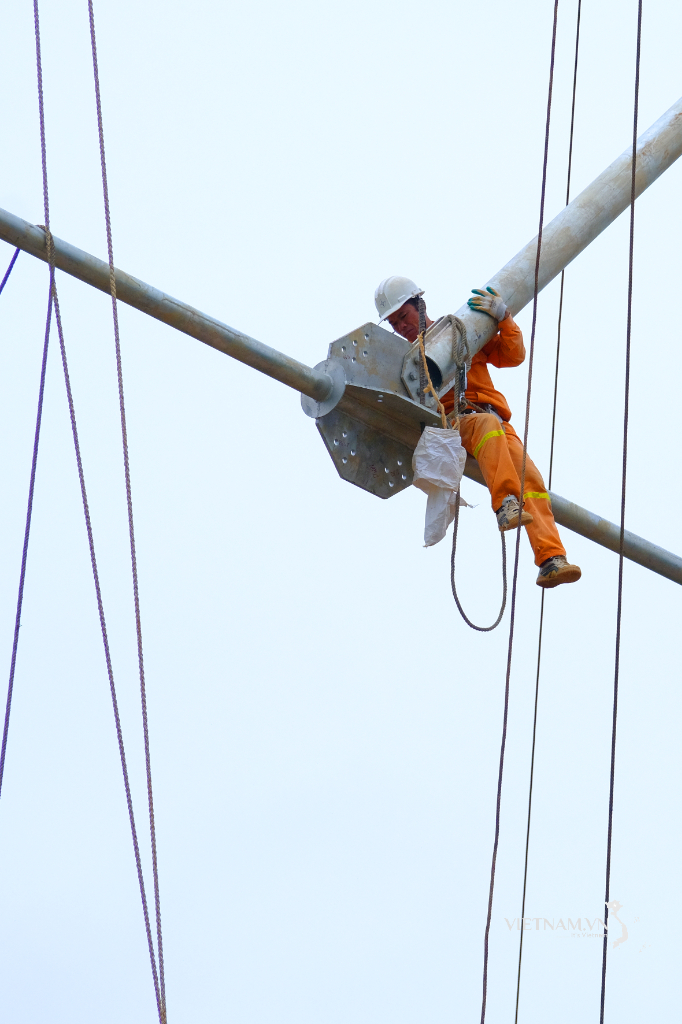



Comment (0)